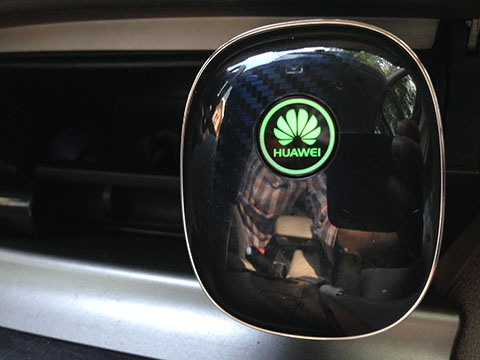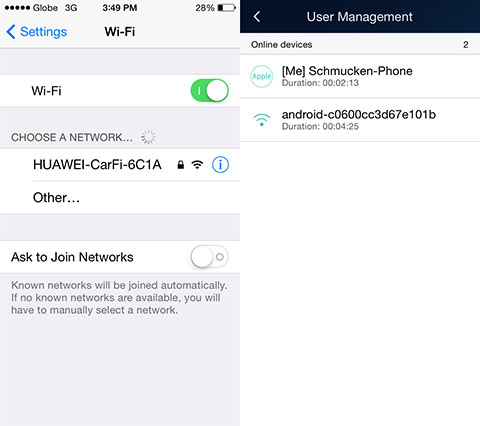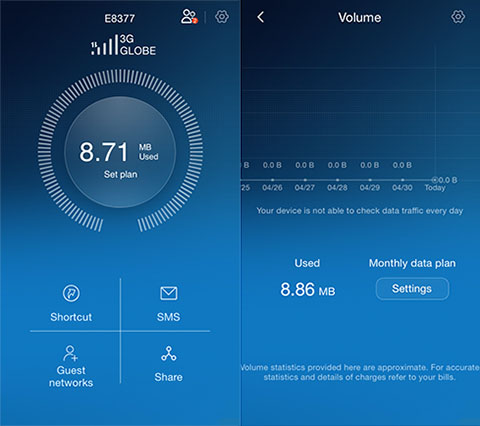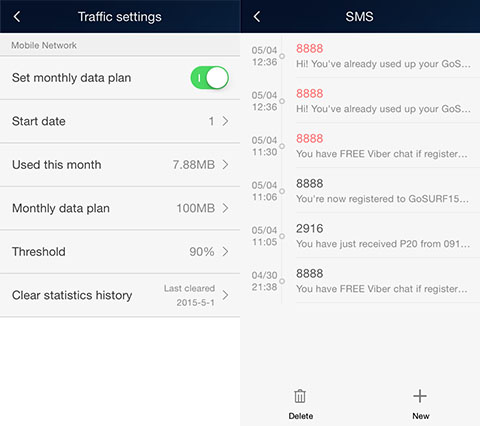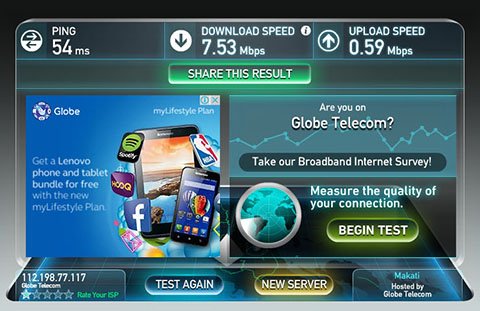The forum held on April 29, 2015 in Manila was organized by the Philippine Center for Investigative Journalism (PCIJ) with support from the Embassy of the United States of America and the UNDP-Philippines.
The full text of Mr. Jones’s remarks follows:
“It is with great pleasure that I join with you today in observation of World Press Freedom Day, a time to reflect upon the importance of media in a democracy, wherein freedom of information and expression is fundamental.
Every year since 1993, the 3rd of May is a date which celebrates the fundamental principles of press freedom; to evaluate press freedom around the world, to defend the media from attacks on their independence and to pay tribute to journalists who have lost their lives in the exercise of their profession.
Over 100 national celebrations take place each year to commemorate this Day. UNESCO leads the worldwide celebration by identifying the global theme and organizing the main event in different parts of world every year. This year’s main event is in Riga, Latvia and the theme is: Let Journalism Thrive! Towards Better Reporting, Gender Equality, & Media Safety in the Digital Age.
The Secretary-General of the United Nations, Director-General of UNESCO and Humanitarian Coordinator for Human Rights issued a joint statement for the Day, which includes the following:
“For peace to be lasting and development to be sustainable, human rights must be respected. Everyone must be free to seek, receive and impart knowledge and information on all media, online and offline. Quality journalism enables citizens to make informed decisions about their society’s development. It also works to expose injustice, corruption, and the abuse of power.
“For this, journalism must be able to thrive, in an enabling environment in which they can work independently and without undue interference and in conditions of safety. The world has recently witnessed horrendous attacks against journalists — at least one journalist is killed each week, in conflict and non-conflict zones. We must redouble efforts to enhance the safety of journalists and put an end to impunity, and this is the goal of the UN Plan of Action on the Safety of Journalists and the Issue of Impunity.
“We need every voice to speak out and be heard – especially those of women. Twenty years after the Beijing Declaration and Platform for Action, women remain under-represented throughout the media, at decision-making level but also in the coverage of issues. We cannot let this stand. Men and women must participate equally in making and sharing the news.”
The three themes for today are:
Independent and Quality Media
Quality journalism can be an abstract concept to grasp as there is no universal set of criteria of quality journalism. Often, it is dependent on socio-political and cultural characteristics and constraints. The changing influence of commercialization and concentration of ownership also impacts on the independence and quality of journalism. Numbers of awards, audience share, the resources available for newsroom, audience responses and participation, and industry’s perception can all be part of the indicators of quality.
Independence of the newsroom is also a crucial indicator: from editors being able to set the agenda to the individual reporter’s ability to seek out news stories. The quality issue is further complicated by the proliferation of social media producers of news. What is clear is that investigative journalism, in particular, relies on the qualities of accurate, in-depth and critical reporting on matters of special public concern, work which often requires long and difficult research.
Gender and Media (With Special Focus on the 20th Anniversary of the Beijing Declaration and the Platform for Change)
Amongst many ambitious objectives, the 1995 Beijing Declaration and Platform of Action includes two explicit goals which are to one, “increase the participation and access of women to expression and decision-making in and through the media and new technologies of communication” and two, “promote a balanced and non-stereotyped portrayal of women in the media”. Twenty years on, obstacles are still present in today’s media industry, ranging from imbalanced access to information and under-representation of women to insufficient media coverage of gender issues and outright violence against female journalists and women.
Digital safety for journalists and their sources
With ever more sophisticated surveillance mechanisms, anonymity of sources could be a thing of the past. Is it possible to keep journalists’ sources confidential in the digital age? Can journalism move forward without anonymity of sources? What are the consequences of public trust for journalists? Are established limitations of surveillance, indicated in UN General Assembly resolutions, sufficient to address the boundaries between the right to privacy, especially with regard to sources, and authorities’ justifications for surveillance?
Journalists and others who contribute to journalism also face a myriad of other digital security challenges, including software and hardware exploits without the knowledge of the target; phishing attacks; fake domain attacks; man-in-the-middle (MitM) attacks; denial of service (DoS) attacks; website defacement; compromised user accounts; intimidation, harassment and forced exposure of online networks; disinformation and smear campaigns; confiscation of journalistic work products, and data storage and mining. What can be done to better safeguard digital privacy and the security of digital data?
Safety of Journalists and other Media personnel
This celebration is also the occasion to highlight the importance of addressing the safety of journalists and the issue of impunity.
In that context today is of singular importance to the Philippines. Despite restoring its democracy in the people power revolution 29 years ago, the Philippines is ranked as one of the most dangerous countries in the world for media personnel.
As of 2014, the Philippines stands at 149th in the World Press Freedom Index. This is part of a worsening trend, from 147th in 2013, and 140th in 2012. The Maguindanao Massacre, where 58 people, including 32 media personnel were killed, is an especially resounding testament to this fact, but other killings also occur almost frequently. These extrajudicial killings do not only pose a threat to a journalist’s right to life. They also represent threats to the right to freedom of speech, the right to information, and ultimately, the right of a nation to call itself a democracy.
The Philippine government has taken some steps to address these concerns, including the body on extrajudicial killings created to speed up investigations. However, progress has been slow, and only a handful of convictions have been made.
There is much more to be done. We cannot rest until the number of extra-judicial killings is brought to zero, and that journalists and citizens alike can access and report on information without fear of violence or coercion.
I would like to stress here that the Philippines can count on international support in this effort. At the recent meeting of the UNESCO Executive Board the main message was that all journalists, media workers, and social media producers who generate a significant amount of public interest journalism, whether they are freelancers or full time staffers, from big to small media outlets, should be safe to carry out their work.
The UN Plan of Action on the Safety of Journalists and the Issue of Impunity is a multi-stakeholder approach to improve the safety of journalists. UNESCO will convene a conference with high level representatives of news organizations from all regions, including community media and small media outlets and open to stakeholders. The aim is to share good practices on the safety of journalists and more proactively highlight the issue of journalist safety.
This follows the Implementation Review Report of the UN Plan of Action, which was finalized at the 3rd UN-Inter-Agency Meeting on the Safety of Journalists and the Issue of Impunity, held in Strasbourg, France on 4 November 2014.
That Report noted that “Media houses and other actors should be encouraged to find common ground on the issue of safety and be more proactive in highlighting the issues.” It added: “Media houses should be encouraged to investigate and report on fatal and non-fatal attacks on journalists and media organizations, and follow up on impunity stories, as well as on occasions such as the International Day to End Impunity for Crimes against Journalists on 2 November each year.”
The Decision also called for increased information sharing broadly, and for greater use of the UNESCO research report ‘World Trends in Freedom of Expression and Media Development’ , including during the Universal Periodic Review of the Human Rights Council (which for the Philippines takes place in 2017). It further urged strengthened cooperation with professional organizations and other actors in addressing the safety of journalists, with a specific focus on women journalists.
Capacity-building is supported as well, including through projects of UNESCO’s International Programme for the Development of Communication (IPDC), which from 2013 up to 2015, channeled financial support to more than 30 projects promoting the safety of journalists. The IPDC Intergovernmental Council also receives the bi-annual report of the UNESCO Director General on the killings of journalists and the state of judicial follow-up.
Protecting Human Rights and Freedom of Information
It is in this respect that UNDP is here to support the Commission on Human Rights, the Philippine Centre for Investigative Journalism, and the US Embassy in this important initiative. Through the UNDP project ‘Empowering Citizens to Deepen Democracy’, we have supported PCIJ to develop documentaries on political issues throughout the Philippines, build a governance database to allow citizens to track the record and performance of their leaders, as well as to train young journalists in responsible reporting techniques.
In addition to our direct support to the media, UNDP is seeking to strengthen the enabling environment for a democratic society. This includes the setup of the monitoring mechanism of the Universal Periodic Review, wherein government, civil society, and the private sector track and encourage the Philippines’ progress in complying with the UPR recommendations. Amongst the big ticket policy reforms include the ratification of the International Convention for the Protection of All Persons from Enforced Disappearance, and of course, the Freedom of Information Bill – both of which are still pending in Congress.
Road to 2016 and Beyond
Each of us have a reform agenda which we are working on in our own ways. We will be more successful if we work together on this; if we share information; if we combine efforts; if we build coalitions for human rights and freedom of information.
This multi-stakeholder gathering could be the start of a broader movement to push for and support the reforms which the Filipino people desperately need. Without such efforts journalists will continue to face threats to their very right to life.”
Maraming salamat po!



